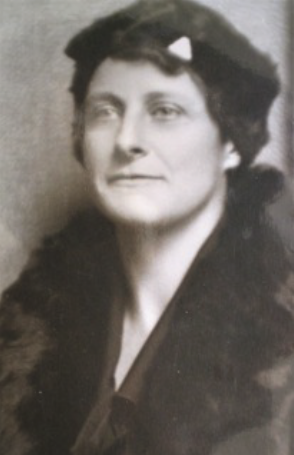9 : The founding of the canadian Mothercraft Society
For many years the high rates of infant mortality in Canada had been a concern for health authorities.
In 1915, a 28-year-old Toronto medical graduate, Alan Brown presented himself to the Hospital for Sick
Children and told the doctors that he didn't like what was happening to babies.
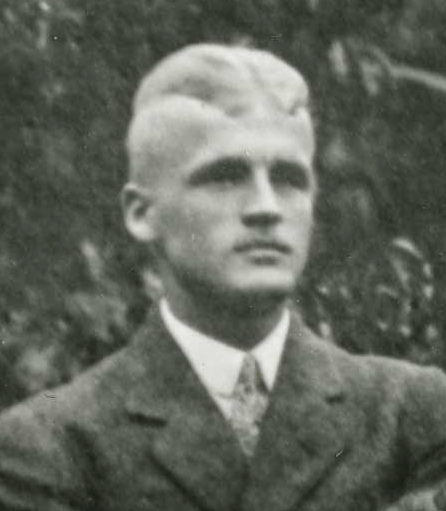 Brown, who had obtained postgraduate training in paediatrics in New York and in Europe and was the first
specialty-trained paediatrician in Canada, was a man with supreme self-confidence. By now he had been in
private paediatric practice in Toronto for one year. He failed to get support from the incumbent medical
staff and so, with some help from his friend Bruce Robertson, he approached the chairman of the hospital trustees,
John Ross Robertson (Bruce's uncle) and said, "Put me in charge and I'll cut your death rate in half".
He was appointed as attending physician Infants Department in 1915 on a trial basis, but it was not until
June 1919 that he was appointed Physician-in-Chief by the hospital trustees.1 By then J. Ross
Robertson had died and Irving, his son, was a trustee.
Brown, who had obtained postgraduate training in paediatrics in New York and in Europe and was the first
specialty-trained paediatrician in Canada, was a man with supreme self-confidence. By now he had been in
private paediatric practice in Toronto for one year. He failed to get support from the incumbent medical
staff and so, with some help from his friend Bruce Robertson, he approached the chairman of the hospital trustees,
John Ross Robertson (Bruce's uncle) and said, "Put me in charge and I'll cut your death rate in half".
He was appointed as attending physician Infants Department in 1915 on a trial basis, but it was not until
June 1919 that he was appointed Physician-in-Chief by the hospital trustees.1 By then J. Ross
Robertson had died and Irving, his son, was a trustee.
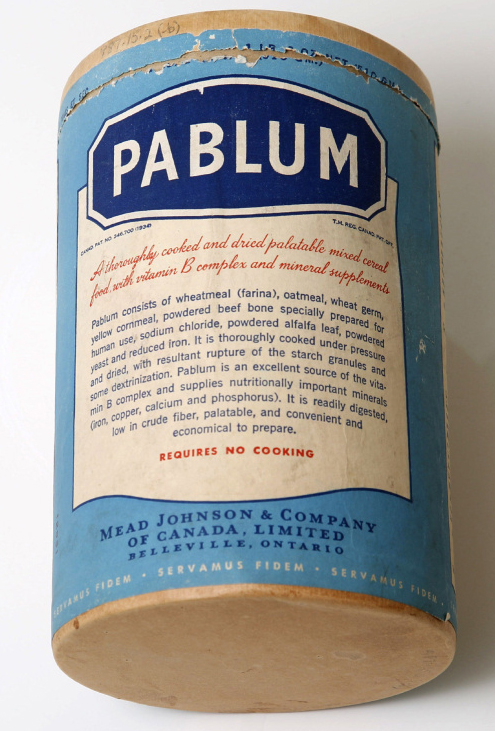 Brown's focus was on improving infant feeding. He was a champion of breast-feeding and a vigorous opponent of
the use of cow's milk.
He would go on to pioneer the use of 'Pablum' as a feeding supplement.
Brown's focus was on improving infant feeding. He was a champion of breast-feeding and a vigorous opponent of
the use of cow's milk.
He would go on to pioneer the use of 'Pablum' as a feeding supplement.
Under Brown's watch, the Hospital also established a 15-month programme whereby young women were trained
as Nursery Maids who were deemed competent to care for infants and children in private homes.
A Well Baby
Clinic was based at the hospital.2
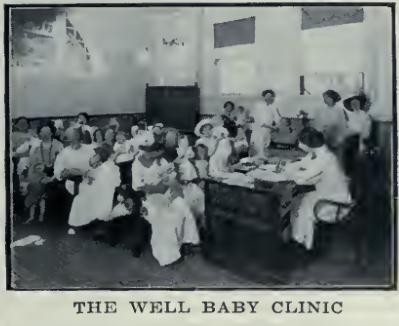
However, infant mortality didn't fall to acceptable levels and remained higher than in a number of other
developed countries.
Soon after their marriage, Irving took Barbara on a tour of HSC and asked for her opinion of the institution,
given that she was an experienced nurse. She replied that she thought that there was too much emphasis on
experimental work and not enough on reducing the high national rates of infant mortality.3
Barbara would later recall
"The Canadian rate of infant mortality averaged 94 deaths per 1000, nearly 10%, compared
with New Zealand's 3.2%." 4
From very early on in their marriage this was a subject discussed at length by Irving and Barbara. Barbara
extolled the successes resulting from the establishment of the 'Plunket Society' in New Zealand.
In an address to a Canadian audience she said:
"My husband wanted to know what it was (in the Plunket Society Mothercraft methods)
that brought such results - improved maternal and child care, and why it was so different to other health
agencies. He spent four years investigating organisations, not only in the British Commonwealth, but in Norway,
Sweden, Denmark, Holland, and Germany, and satisfied himself that Mothercraft was the best of all." 5
(This quote refers to "four years" of investigation by Irving - four years up to 1931, whereas in the New
Zealand Herald on 3/10/1932 Barbara is quoted as saying "For ten years we watched the infant death rate go
down in other countries, particularly in New Zealand, where the Plunket movement originated". There seems
to be a conflict here which makes it difficult to be sure just when Irving and Barbara first met.)
At a preliminary meeting in December 1930 hosted by Barbara and Irving, it was decided to establish the
Canadian Mothercraft Society. A Central Council was set up with Irving as Trustee and the following persons
as members - Dr J M Robb (Provincial Minister of Health), Dr Helen MacMurchy, Dr A. Canfield, Miss Moore
(Public Health Department), Helen Satchell (HSC), Mr Bower (HSC) and Barbara Robertson. In March 1931,
Barbara was elected President and Nurse Director of the Canadian Mothercraft Society.
Barbara persuaded her husband to convince the HSC board of trustees that the Hospital's Nursery Maid
programme be replaced with one based on Truby King's methods. In this he was successful, and the new system
was now called the Nursery Aide programme. It was also decided to introduce a graduate programme for registered
nurses, like Truby King's, so that they could be certified as "Mothercraft Nurses".
The Hospital provided space in their building at 84 Wellesley St for the Society's use.
On the second floor were bedrooms and a sitting room for mothers whilst the babies were located on the top
floor.6
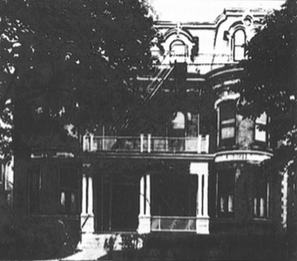 84 Wellesley St, Mothercraft's first home
84 Wellesley St, Mothercraft's first homeBy mid 1931 the Canadian Mothercraft Society was in full operation in Toronto, and on 1 October 1931 the
first thirteen Well Baby Nurses graduated.7
In September 1931 the New Zealand Herald reported on the new Mothercraft Society in Canada.8 The
article stated "The president of the society is Mrs Irving E. Robertson, who recently visited New Zealand",
and then went on to publish extracts from a booklet explaining the basis of the work that the society
undertook. The booklet stressed the importance of the aims and objects of the New Zealand Plunket Society on
which the Canadian society was based.
(There are no direct quotes from Barbara in the article and I have been unable to verify from any shipping
passenger lists that Barbara did in fact come to New Zealand in that year. It seems improbable that she did
as she was busy seeing that the establishment of the Canadian Mothercraft Society went to plan.)
